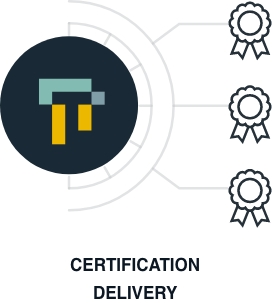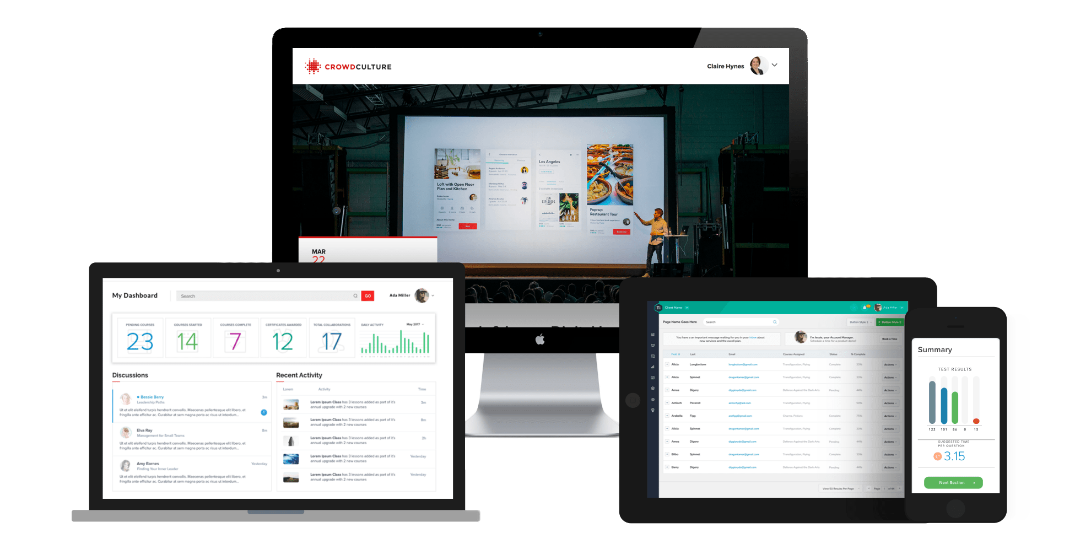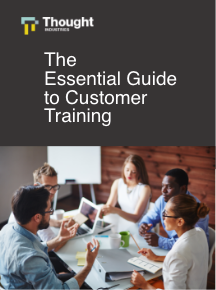PRO TIP 1: Use “Blended Learning” to Increase Engagement
Investing in customer-valued learning generates brand loyalty, greater spend, lower support calls, a closer vendor/customer relationship, and higher renewal rates. A surefire way to increase the success of your customer education program is to increase customer engagement through blended learning.
By offering different learning modalities like on-demand or self-paced learning, microlearning, and video streaming, your customers will engage with your content. This helps them advance their knowledge and use of your product. If you’d like to learn more we’d encourage you to check out, Design the Perfect Learning Blend for Customer Success.

PRO TIP 2: Use a Certificate Program to Build Retention
Certification can be a very important component in assuring that your customers experience success with your products. In practice, certification can occur at different stages across the customer lifecycle, depending on how your organization decides to approach it.
Managing certifications—and the delivery of them—can become a complex proposition for any organization. From building completion rules and award criteria to managing recertifications and submittals, certificate management is no easy task to scale. To drill into this idea, we suggest you check out How to get the Most Out of Certification in the Customer Success lifecycle.


